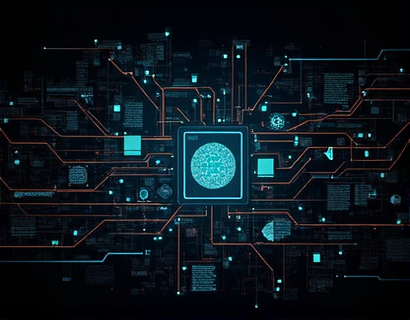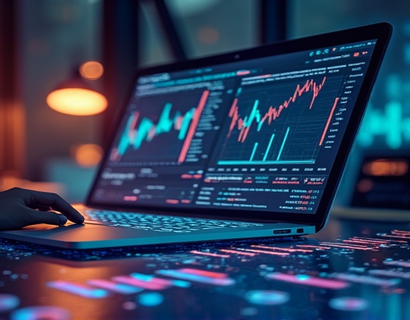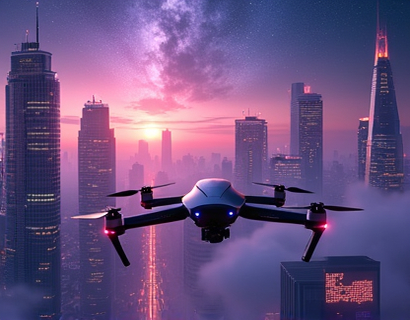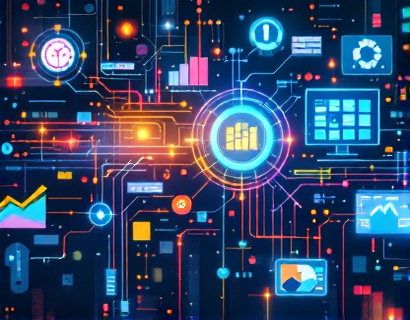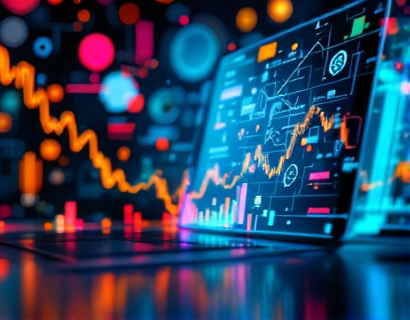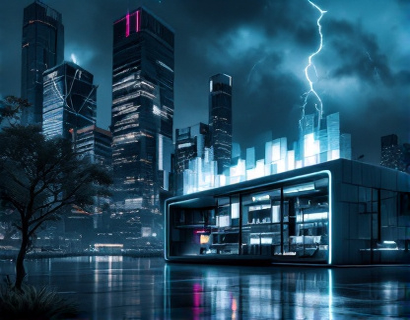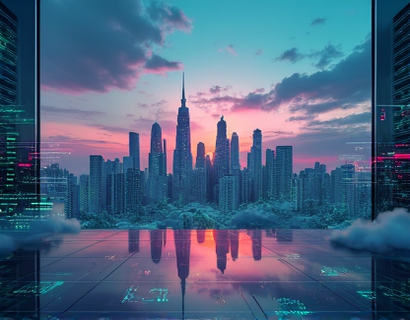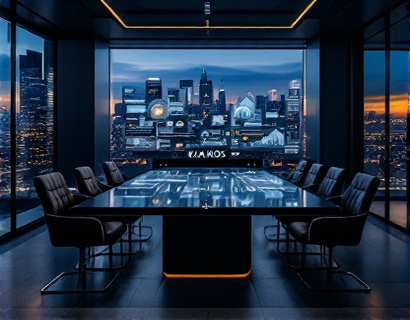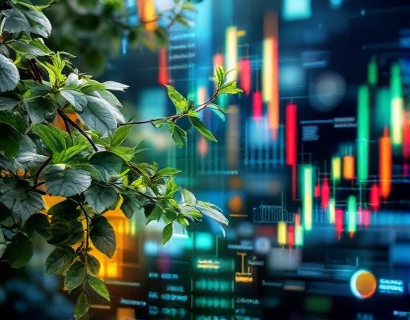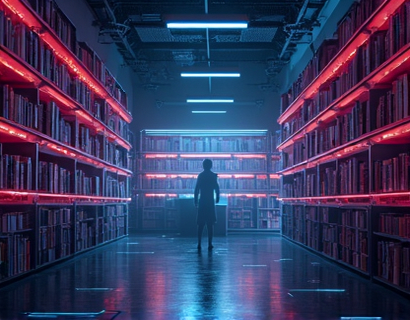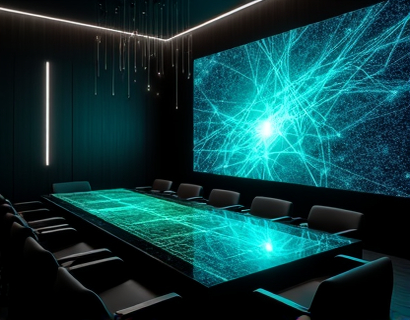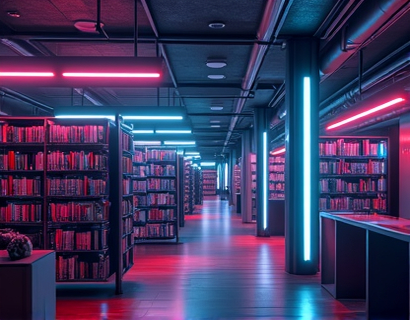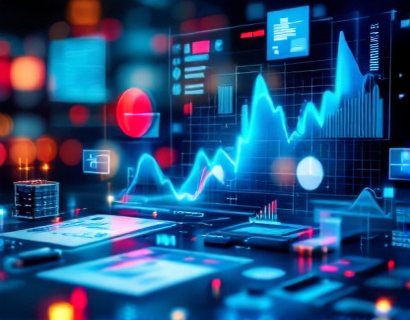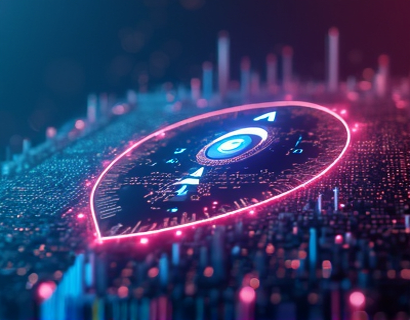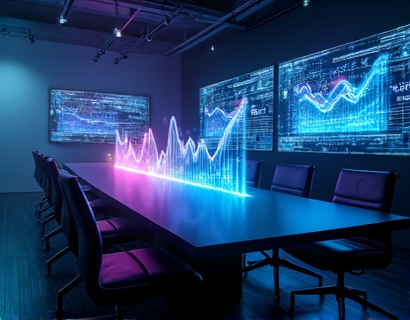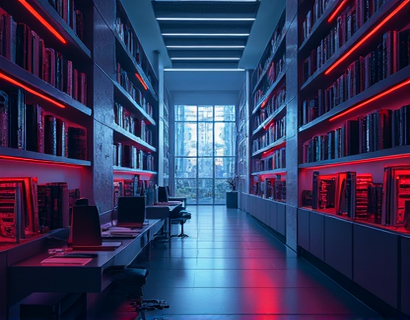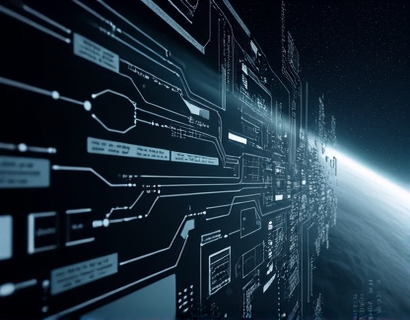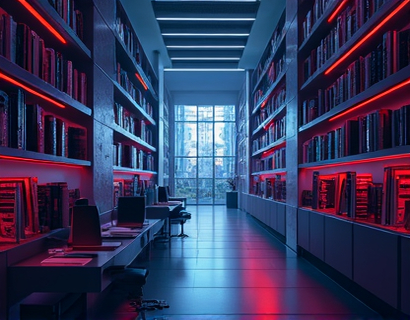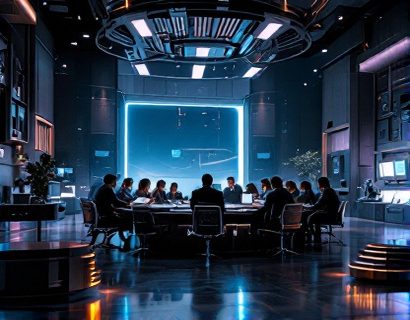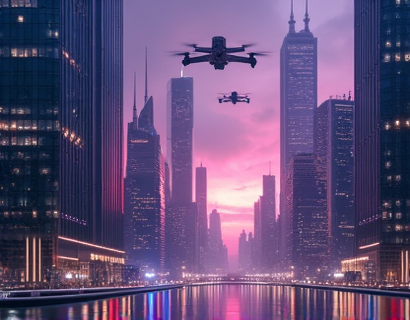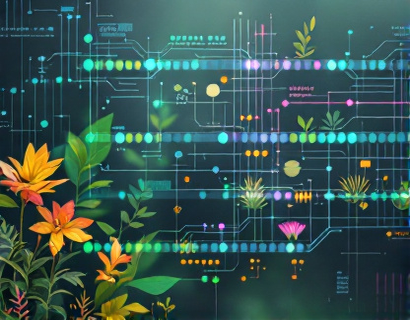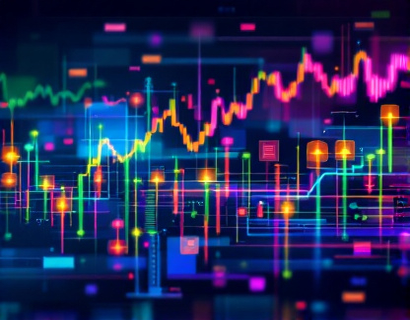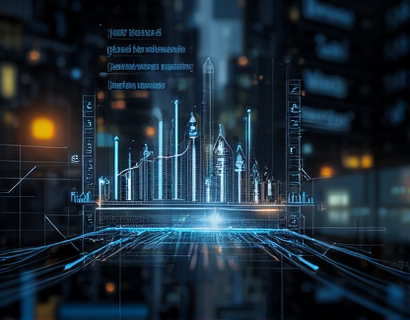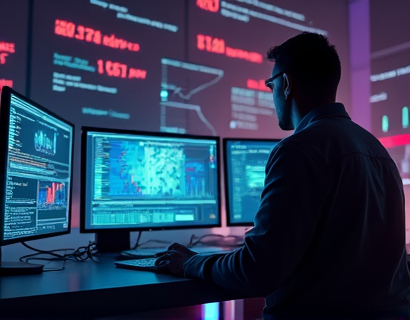Unlocking Digital Potential: Transforming Physical Assets into Enchanted Digital Collectibles
The intersection of physical objects and digital innovation has given rise to a new frontier in collectibles and art. This transformative process involves converting tangible items into captivating digital collectibles, merging the realms of physical and digital worlds. This article delves into the cutting-edge online solutions that empower individuals to unlock the digital potential of their physical assets, turning them into enchanting artifacts that resonate in the digital age.
The concept of transforming physical treasures into digital collectibles is not merely about digitization but about enhancing and reimagining the value and allure of these possessions. It's an opportunity to breathe new life into cherished items, making them accessible and appealing to a broader audience in the digital space. This digital metamorphosis is facilitated by advanced online platforms that leverage creativity and technology to create unique and captivating digital experiences.
Understanding Digital Collectibles
Digital collectibles are unique digital assets that hold value and appeal similar to their physical counterparts. These can range from digital art and rare in-game items to virtual real estate and exclusive digital experiences. The key characteristic of digital collectibles is their scarcity and uniqueness, often verified through blockchain technology, ensuring authenticity and ownership.
The allure of digital collectibles lies in their ability to be owned, traded, and appreciated in a digital environment. Unlike physical collectibles, which are limited by space and physical condition, digital collectibles can be owned by multiple people simultaneously without diminishing their value. This accessibility, combined with the exclusivity often provided by blockchain verification, creates a dynamic and vibrant market for digital collectibles.
The Transformation Process
The journey of transforming a physical asset into a digital collectible begins with selection. Choose an item that holds personal significance or has unique characteristics that can be enhanced digitally. This could be anything from a piece of artwork, a vintage object, to a rare book. The key is to identify the intrinsic value and story behind the item, as this narrative will be crucial in creating an engaging digital experience.
Once the item is selected, the next step involves high-quality digitization. This process involves capturing the item through high-resolution photography or 3D scanning, ensuring every detail is preserved. Advanced imaging techniques and software can enhance the visual quality, making the digital representation as lifelike and detailed as possible. For intricate items, 3D scanning provides a comprehensive digital model that can be interactively explored.
After digitization, the digital asset requires a platform to exist and be appreciated. This is where online solutions play a pivotal role. These platforms offer tools and services to create, manage, and showcase digital collectibles. They provide a space where creators can upload their digital assets, add metadata, and apply various enhancements to increase the item's appeal and value.
Enhancing Digital Collectibles
To truly transform a physical asset into an enchanting digital collectible, several enhancements can be applied. One such enhancement is the addition of interactive elements. For instance, a digital version of a painting could include hotspots that reveal the artist's inspiration, the history of the piece, or even a video of the creation process. These interactive features enrich the viewer's experience, making the digital collectible more engaging and valuable.
Another enhancement is the incorporation of blockchain technology. By registering the digital collectible on a blockchain, creators can ensure its uniqueness and authenticity. This not only adds a layer of security against duplication but also provides a transparent and immutable record of ownership. Collectors can verify the authenticity and provenance of a digital collectible, adding to its appeal and market value.
Furthermore, integrating NFT (Non-Fungible Token) technology can open up new possibilities. NFTs are unique digital tokens that represent ownership of a specific digital asset. They can be bought, sold, and traded on various platforms, providing a robust marketplace for digital collectibles. The use of NFTs ensures that each digital collectible is one-of-a-kind, further enhancing its value and desirability.
Community and Collaboration
The transformation of physical assets into digital collectibles is not a solitary endeavor. Joining a community of like-minded individuals can significantly enhance the experience. Online platforms and forums dedicated to digital collectibles provide a space for creators to share ideas, seek feedback, and collaborate on projects. This community support is invaluable, offering insights and inspiration that can elevate the digital transformation process.
Engaging with digital art enthusiasts and collectors can also open up new opportunities. These communities often host exhibitions, auctions, and events where digital collectibles are showcased and traded. Participating in such events can increase visibility and provide a platform to connect with potential buyers and collectors. The collaborative nature of these communities fosters innovation and creativity, driving the evolution of digital collectibles.
Market Opportunities
The market for digital collectibles is rapidly growing, driven by the increasing adoption of blockchain and NFT technologies. This market offers numerous opportunities for creators and collectors alike. Digital collectibles can be monetized through direct sales, auctions, and subscription models. The flexibility of digital assets allows for diverse revenue streams, from one-time sales to ongoing subscription-based access to exclusive content.
Moreover, the global nature of the digital market means that creators can reach a worldwide audience. This broad reach increases the potential for sales and collectors, making it an attractive venture for those looking to expand their horizons beyond local markets. The scalability of digital collectibles also means that success can be replicated and expanded, offering sustainable growth opportunities.
Challenges and Considerations
While the potential of transforming physical assets into digital collectibles is vast, there are challenges and considerations to keep in mind. One major aspect is the technical expertise required for digitization and enhancement. Creators may need to invest time in learning about digital imaging, 3D scanning, and blockchain technology to fully leverage the potential of these platforms.
Another consideration is the legal and ethical implications of digitizing and selling physical items. Ensuring that the rights to the original item are properly secured and that the digital collectible does not infringe on any intellectual property is crucial. Creators should also be mindful of the environmental impact of digital processes, particularly those involving significant computational resources.
Additionally, the volatility of the digital asset market can pose risks. The value of digital collectibles can fluctuate based on market trends and technological advancements. Creators should approach this market with a long-term perspective and a clear understanding of the factors that influence value.
Future Trends
The future of digital collectibles is promising, with several trends shaping the landscape. One significant trend is the integration of augmented reality (AR) and virtual reality (VR) technologies. AR and VR can provide immersive experiences, allowing collectors to interact with digital collectibles in a more tangible way. Imagine being able to view a digital sculpture in your living room or exploring a virtual art gallery where each piece tells a story.
Another trend is the rise of decentralized platforms and social networks built on blockchain. These platforms aim to give creators more control over their digital assets and revenue, reducing reliance on centralized intermediaries. This shift towards decentralization can democratize the digital collectibles market, making it more accessible and fair for all participants.
Furthermore, the increasing adoption of Web3 technologies is set to revolutionize the way digital collectibles are created, traded, and experienced. Web3 offers enhanced privacy, security, and user control, paving the way for more sophisticated and secure digital collectibles. The convergence of Web3 and digital collectibles promises a future where the boundaries between physical and digital continue to blur, creating new forms of art and ownership.
In conclusion, the transformation of physical assets into digital collectibles represents a exciting intersection of creativity, technology, and innovation. By leveraging advanced online solutions, individuals can unlock the digital potential of their possessions, turning them into enchanting artifacts that resonate in the digital age. As the market for digital collectibles continues to grow, the opportunities for creators and collectors are vast, offering a future filled with endless possibilities.




